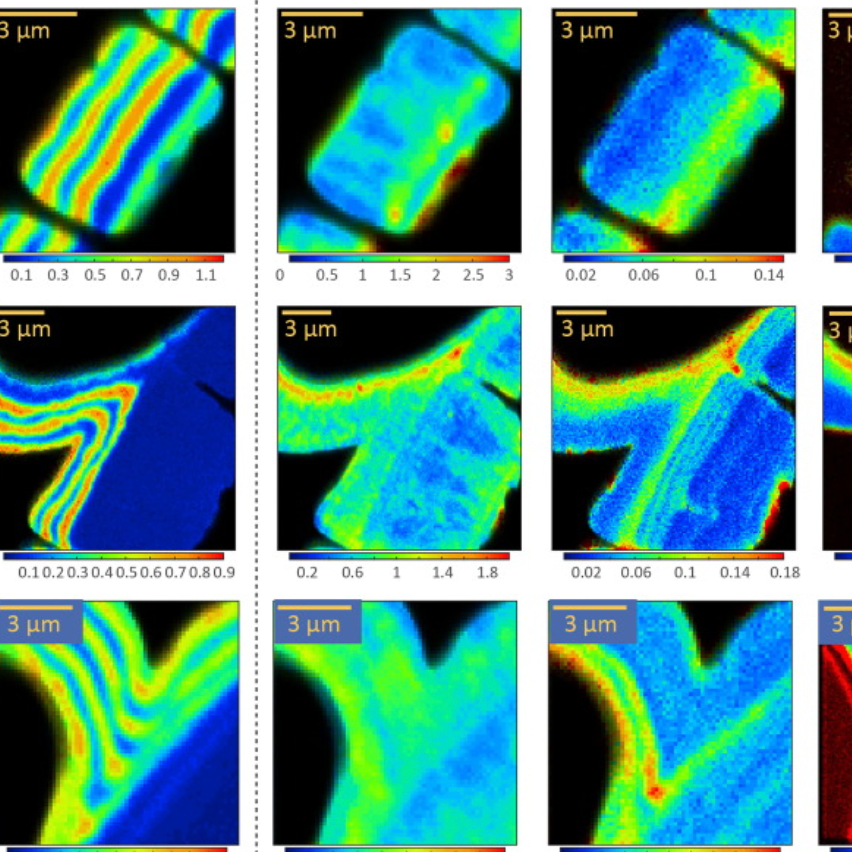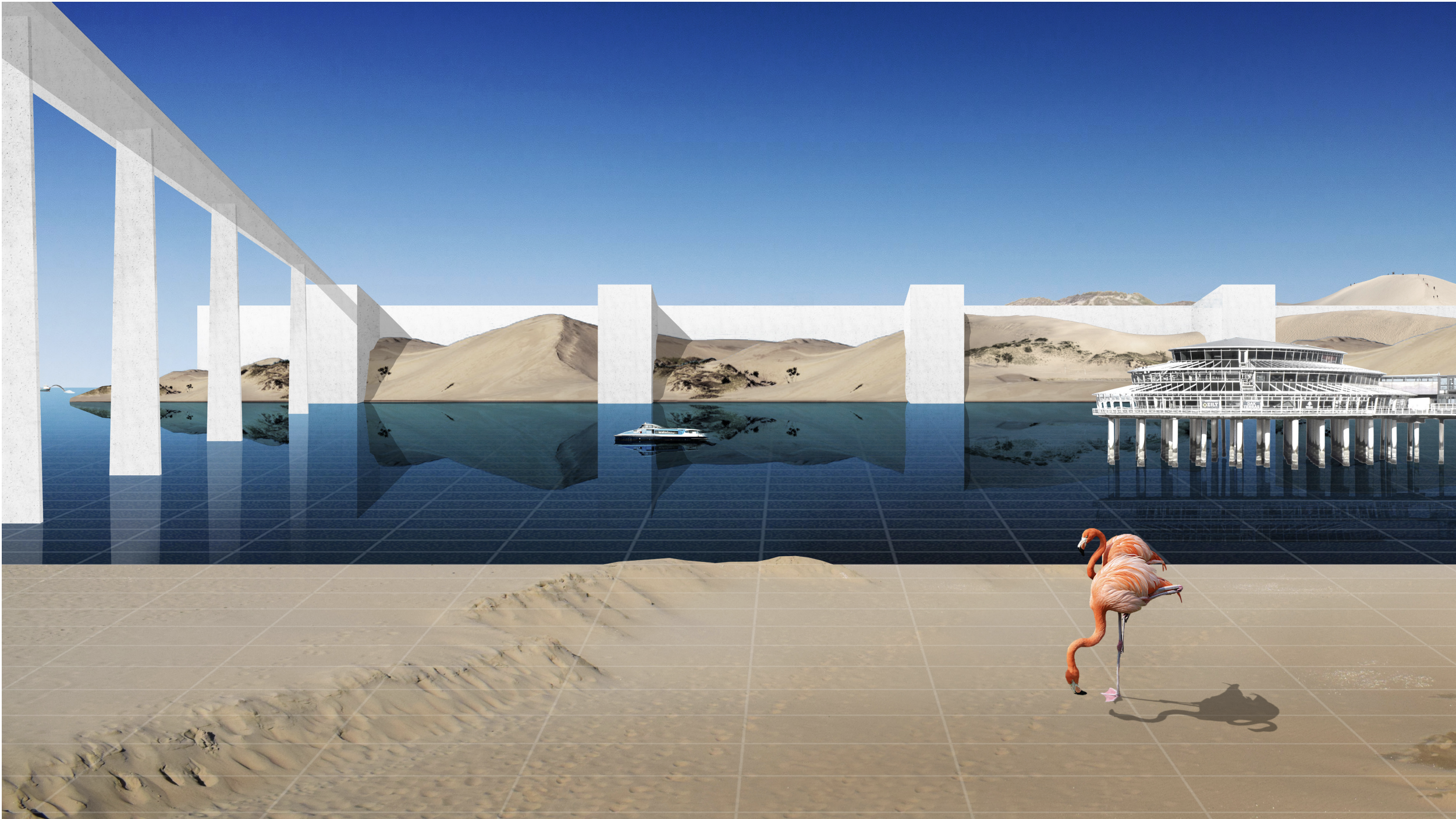FUTURE
BackNEWS: upcoming Exhibitions, Lectures & More

Geochimica et Cosmochimica Acta
FINALLY THIS BABY IS OUT!! In this manuscript, we show that the ‘calcite precipitation rates’ (the growth rate) of tiny shells called ‘foraminifera’ are REALLY fast compared to the rates of ‘inorganic’ (non-living) calcite precipitated from seawater. This is because of the intriguing ‘biomineralization’ mechanisms that foraminifera use to grow their shells out of seawater. We tracked the rates by adding and removing the element Strontium to the seawater in which the shell was growing, in intervals, allowing us to visualise the growth rates.
What can we learn from these ‘micro-building-mechanisms’? Spending so much time looking through the microscope, in amazement of unicellular organisms growing intrinsic mineral shapes, is the main source of inspiration my current project ‘Building as Being’. So thanks to all the Japanese foraminifera that were part of this experiment 🐚 And a big thanks to all co-authors at NIOZ, Utrecht and JAMSTEC! You can find the manuscript here

Comenius - Leadership in Complexity
For the Comenius course 'leadership in complexity' I will share some of the lessons I learned from foraminifera, about permeability, boundaries and building between chaos and order, with leaders from various fields ~ hoping cross-polinate between arts, science and society. Thrilled to share the floor with my former lecturer Prof. Sander Bais! Upcoming editions: 11th of November '21 and 17th of March '22.

Wet Urbanism Workshop
For the RAVB course* Wet Urbanism*, young urbanists are challenged to imagine future cities in relation to water: how to make long-term and adaptive design strategies, with sea-levels rising, increased flood risks, soil subsidense and climate change? Can we build in interaction with the sea, rivers, plants and other land-water creatures?
To inspire the students, we organise a workshop at IAS to address questions around how to deal with sea level rise, complexity and uncertainty of climate change predictions, when making long-term adaptive Urban design strategies.
Special guest will be Prof. Maarten Kleinhans, who will share his research on the biomorphology of rivers and delta's. After his presentation there will be a dialogue with Prof. Peter Sloot and Prof. Huub Dijstelbloom.
The workshop will take place the 22nd of April. Stay tuned for updates on how to join online, or watch back the presentation and dialogue!
Image 'Hoogtij' by Freek van Riet.


